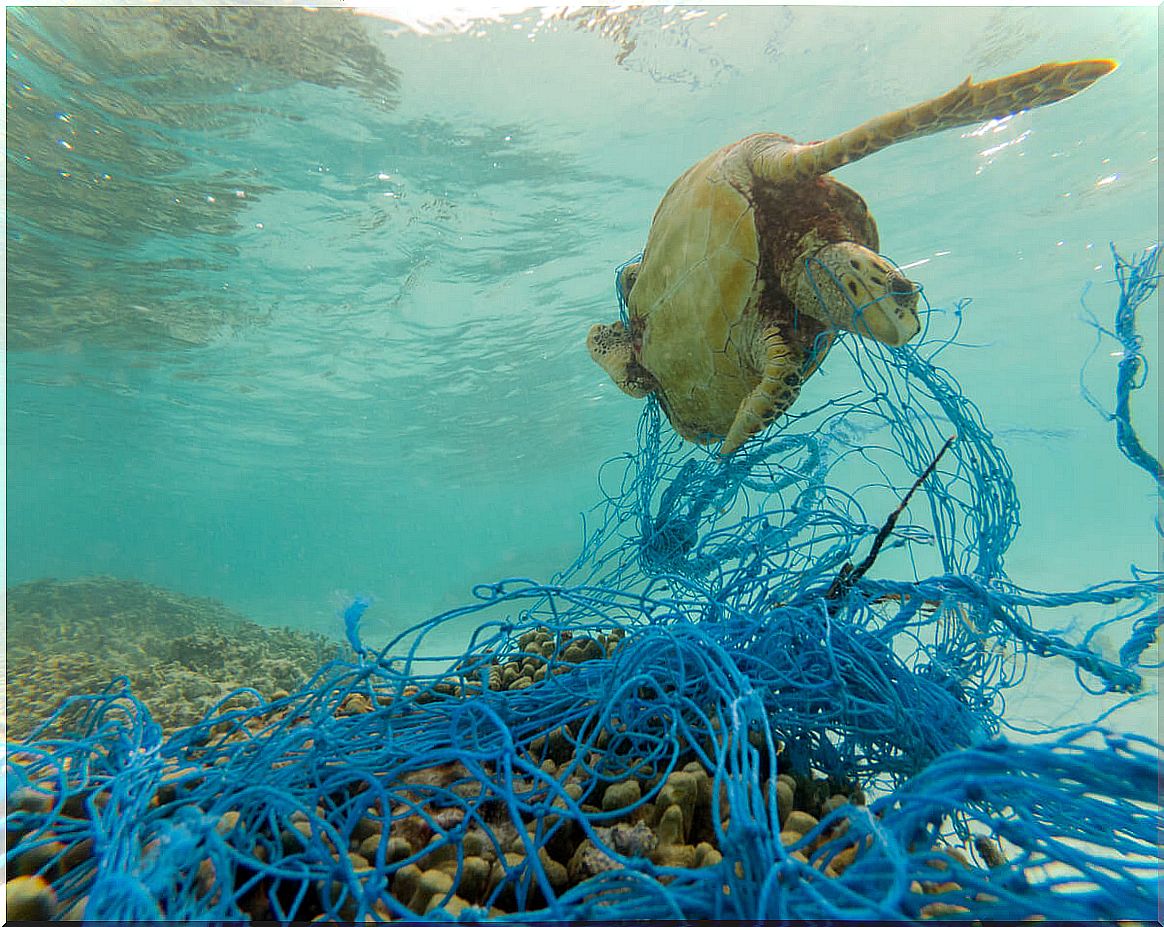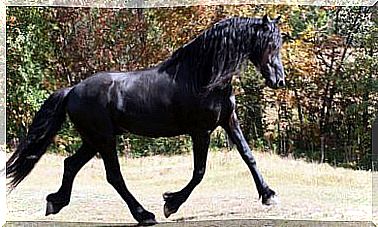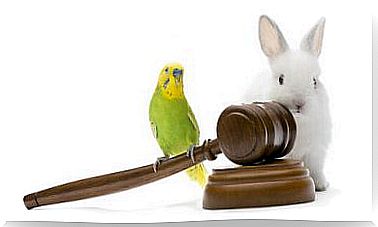Every 24 Hours 200 Species Of Living Beings Go Extinct

The human being must face a reality: the planet is degrading at a dizzying rate. We are faced with a critical situation, as experts estimate that an average of 150-200 species of living beings on the planet go extinct every day.
The data does not end here, as the percentage of species in danger of extinction is also dizzying. Therefore, it is not surprising that most scientists attest that we are facing the sixth mass extinction. Knowledge is power, and therefore, here we show you a series of data that shows that immediate action is essential.
Figures and numbers
Faced with these types of issues, it is always best to be guided by objective concepts and leave behind preconceptions and personal judgments. Therefore, below we present a series of statistical data provided by the International Union for Conservation of Nature (IUCN):
- Today, more than 32,000 species of living beings are in danger of extinction. This represents 27% of all the species described so far.
- Within this global figure, the most affected are amphibians, as 41% of their diversity is at risk of disappearing.
- Almost 7000 species of living beings are critically endangered, that is, they could disappear at almost any time.
- 26% of the described species of mammals are in some category of risk.
The bad news does not end here, because as we have said before, scientists from the United Nations Environment Program (UNEP) calculate that an average of 150-200 species of living beings disappear every 24 hours. This, according to professionals, supposes a rate of disappearance 1000 times higher than expected in a “natural” situation.
Therefore, we are facing a rate of extinction greater than that of any stage on earth since the disappearance of the dinosaurs 65 million years ago. It’s no wonder, then, that we can practically state that we are living through the sixth mass extinction.

The Holocene mass extinction
Every 24 hours 200 species of living beings go extinct and this is not a coincidence. We are facing the massive extinction of the Holocene (post-glacial period in which we live) and unfortunately, global warming and climate change seem to be the main causes. Here are some of the reasons behind this process:
- Extermination by hunting large animals. A clear example of this is the tiger, which has seen its population reduced by 97% in the last two centuries.
- Transformation of the environment. The felling of trees, the burning of territories for human use, the erosion or the expansion of cultivated fields are events that have left many species without their ecosystem.
- Introduction of exotic species with invasive potential in ecosystems. An example of this is the American crab in Europe, as it has displaced various indigenous species.
- Variation of the terrestrial climate system due to anthropic actions. What has always been known as “climate change” disrupts the life cycles of many species, as these processes are associated with the passing of the seasons.
In a world where the global temperature is increasing, desertification and drought are challenges for which many animals are not prepared. Again we are before reliable facts and not opinions, since it is estimated that within 22 years the earth will have increased its global temperature by 1.5 degrees.
It is due to this climate change that increasingly widespread migrations are being observed by many species to northern Europe, as they seek the climatic conditions that once reigned in their natural systems.
We could continue talking about environmental parameters that disrupt the customs and survival of species for days, since other factors such as the accumulation of CO2 and acidification of the oceans are also essential to understand the disappearance of living beings on the planet.
Instead, we find it easier to summarize the causes of this mass extinction in the Anglo-Saxon acronym ” HIPPO “, coined by biologist and entomologist Edward Osborne Wilson. Its acronyms correspond to the following concepts:
- H: loss of habitat ( habitat loss ).
- I: introduction of invasive species.
- P: contamination ( pollution).
- P: population growth ( growth population).
- O: overuse ( overharvesting ).

A problem with a solution
Of course, the fact that 200 species of living beings become extinct every 24 hours represents a bleak picture to say the least. Even so, this does not mean that there is no solution (at least partial) to the damage caused by humans to the Earth during the last centuries.
We are faced with a challenge of great proportions, but with both governmental and individual action on a global scale, we still have time to largely reverse the sixth extinction in which we find ourselves.









